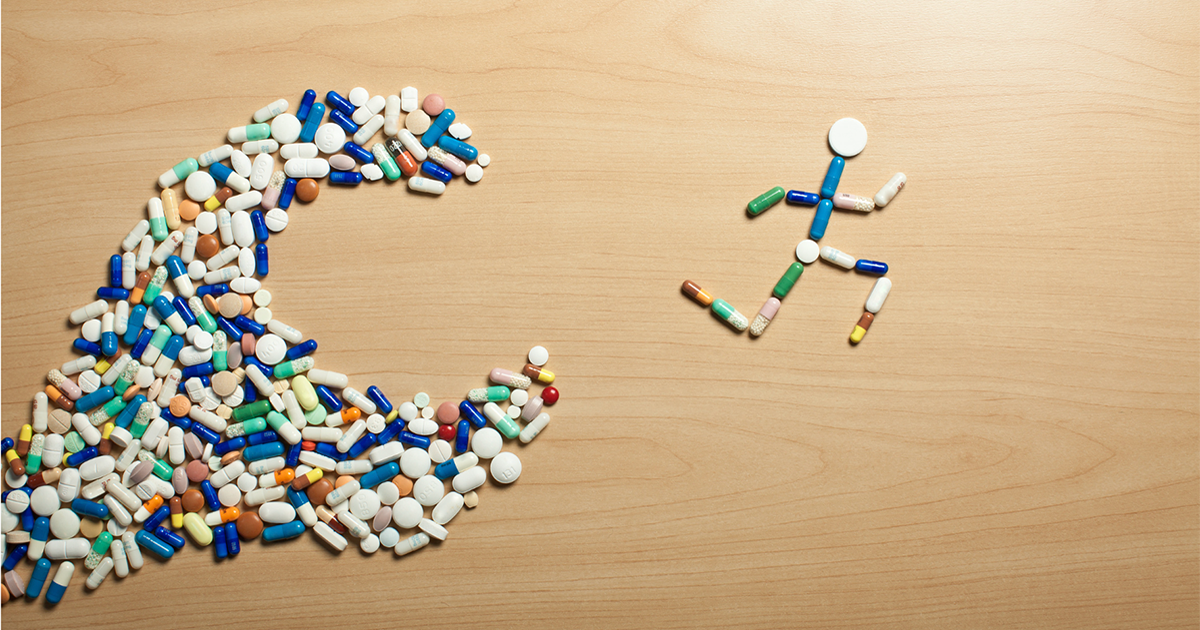Understanding the Four C's of Addiction
January 6, 2025 •Tara Treatment Center l Franklin, Indiana

The more you understand addiction, the better chance you and your family can confront the disease head-on.
Addiction is complex but there is a similar pattern of behavior that can help you more clearly comprehend what's going on. Often known as the "Four C's of Addiction", these are common paradigms among most forms of addiction - from substance abuse to gambling.
When we treat our patients at Tara, we typically see this progression of the "Four C's" behavior - and we have to help them identify and address the root cause:
Craving: The Intense Desire or Urge
Craving is often the first sign of addiction. It refers to the intense desire or urge to engage in the addictive behavior, whether that’s consuming a substance or participating in a compulsive activity. Cravings can be both physical and psychological, and we often see both in someone who has a substance abuse disease.
- Physical cravings: In the case of substances like drugs or alcohol, the body may undergo withdrawal symptoms when deprived, creating a strong physical urge to seek out the substance again.
- Psychological cravings: For behaviors like gambling or social media use, the brain becomes conditioned to seek out the rewards associated with the behavior, triggering a deep desire to engage in it.
Cravings often come with a sense of discomfort or anxiety, and people may feel like they can’t function properly until they satisfy that craving. This intense desire can lead to a cycle where the only way to alleviate the discomfort is by repeating the addictive behavior.
Control: The Loss of Ability to Regulate
As addiction takes hold, one of the hallmark symptoms is the loss of control over the behavior. Initially, the addict might be able to use substances or engage in an activity in moderation. However, over time, the ability to regulate the behavior diminishes.
- Tolerance: In the case of substance addiction, the body becomes accustomed to the substance, and the individual requires more to achieve the same effect. This means that control becomes harder as consumption increases.
- Escalation: The person may start using the substance or engaging in the behavior more frequently or in larger amounts than initially intended.
- Uncontrollable urges: What once started as an occasional indulgence turns into a daily or even hourly need. People often find themselves trapped in a cycle where they can’t stop despite knowing the negative consequences.
Compulsion: The Need to Repeat the Behavior
Compulsion refers to the uncontrollable urge to repeat the addictive behavior, even in the face of negative outcomes. It’s often described as a force or internal drive that pushes individuals to act against their better judgment.
- Reinforcement: The brain learns to associate the addictive behavior with feelings of pleasure or relief. Even though the person may want to stop, the brain’s reward system reinforces the behavior, making it harder to resist.
- Habit formation: Over time, the behavior becomes ingrained, and it can feel as though the addict is "on autopilot." The more the behavior is repeated, the stronger the compulsion becomes.
- Mental obsession: Compulsive behavior is often accompanied by obsessive thoughts. The addict may constantly think about when and how they will next engage in the behavior, further reinforcing the addiction.
Consequences: The Negative Impact on Life
One of the defining features of addiction is that it continues despite negative consequences. The consequences of addiction can be severe, affecting nearly every aspect of a person’s life:
- Physical health: Substance use can damage the body in numerous ways, from liver disease caused by alcohol to lung cancer from smoking. Behavioral addictions can also lead to issues like financial ruin, relationship breakdowns, and loss of employment.
- Mental health: Addiction often coexists with mental health disorders like anxiety, depression, and PTSD. The negative cycle of addiction can exacerbate these conditions, creating a feedback loop that’s difficult to break.
- Social and relational issues: As addiction progresses, it can damage relationships with friends, family, and coworkers. Trust is often broken, and the individual may isolate themselves or lose connections due to their behaviors.
- Legal and financial consequences: Substance abuse, for example, can lead to criminal activity like theft or DUI, while behavioral addictions can drain finances and lead to gambling debts or loss of assets.
Despite these consequences, many people find it hard to stop because the addiction has already taken deep root in their lives. The desire to escape the discomfort or the need for the associated rewards often outweighs the recognition of the damage being done.
If you or someone you know is struggling with addiction, understanding these core elements can help frame the journey toward healing. Treatment options, including therapy, medication, and support groups, can help address these four factors by reducing cravings, regaining control, managing compulsive behaviors and minimizing the negative consequences that addiction brings.
The road to recovery may not be easy, but with the right support and understanding, it's possible to break free from the grip of addiction and reclaim a healthier, more balanced life.
GET HELP